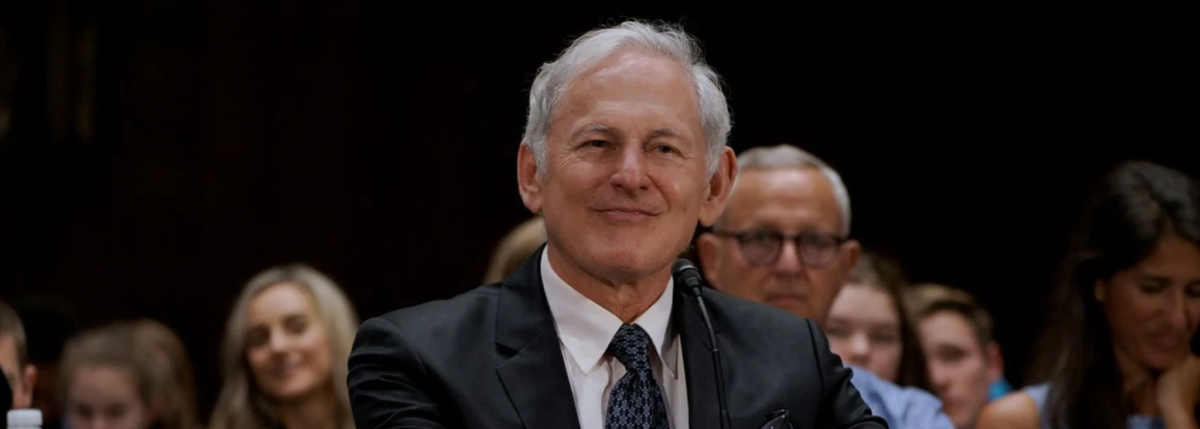JDRF Advocates Urge Congress to Renew Funding for T1D Research
On July 10, 2019, the U.S. Special Committee on Aging convened for a hearing titled “Redefining Reality: How the Special Diabetes Program is Changing the Lives of Americans with Type 1 Diabetes.” The hearing was led by Committee Chairman Senator Susan Collins (R-ME) and Ranking Member Bob Casey (D-PA). The focus of the hearing was the renewing of the Special Diabetes Program (SDP), which will run out of funding on September 30, 2019.
The SDP began in 1997 and consists of two components: The Special Statutory Funding Program for Type 1 Diabetes Research and the Special Diabetes Program for Indians. Initially, $30 million per year was allocated to the program and that number has risen to $150 million annually since 2004. In total, nearly $2.8 billion has been budgeted for diabetes research since the SDP’s inception 22 years ago.
Collins, who founded the bipartisan Senate Diabetes Caucus in 1997, set the stage with her opening remarks: “Today’s research represents tomorrow’s cure. Just last month, a new study, the first of its kind, illustrated the potential of an immunotherapy drug to delay the onset of type 1 diabetes by an average of two years. What a significant breakthrough… The Special Diabetes Program, in particular, has contributed to phenomenal discoveries, especially advancements in technology.”
Those testifying before congress included JDRF President and CEO Aaron Kowalski, PhD and actor Victor Garber, who has been living with type 1 diabetes since he was 11 years old.
The Emmy-nominated actor, known for his roles in “Titanic” and “Alias,” was passionate in his remarks, beginning by recounting his own diagnosis 60 years earlier; at the time, people with diabetes had to boil their syringes to sterilize them, and test their blood sugar levels with urine in test tubes.
Garber went on to tell the congressmen assembled that, “Thanks in large part to the Special Diabetes Program, living with type 1 diabetes today is very different than back when I was a teenager. My access to amazing diabetes technology, like a continuous glucose monitor, that can be used with different types of insulin pumps, gives me constant information to help avoid blood sugar highs and lows, and I’m so fortunate to be able to afford insurance that allows me to choose the best insulin pump and glucose monitor for my specific lifestyle.”
This hearing was the culmination of the JDRF Children’s Congress (July 8-10, 2019), an event that has taken place every other year since 1999. The 2019 Children’s Congress saw more than 150 children living with type 1 diabetes gather in Washington, D.C. to meet face-to-face with members of congress and other decision-makers in the U.S. government. The children’s ages ranged from 4-17 and they represented all 50 states as well as the District of Columbia. Five international delegates from Australia, Canada, Israel, the Netherlands and the United Kingdom joined to demonstrate that although the Children’s Congress focuses on U.S. legislation, the research conducted through funding of the SDP has ripple effects for the global type 1 diabetes (T1D) community.
Additional testimony was heard from Griffin P. Rodgers, MD, MACP, Director, National Institute of Diabetes and Digestive and Kidney Diseases at NIH and two youth delegates: Ruby Anderson, a 9-year-old from Maine and Adriana Richard, a 16-year-old from Pennsylvania. Richard, author of The Real T1D and organizer of a JDRF One Walk that raised more than $10,000, summed up the need for SDP funding. Her personal story detailed how continuous glucose monitoring (CGM) technology has changed her life for the better, preventing her from dangerous hyper and hypoglycemic episodes.
“We’re so close to finding cures for diabetes and if we stop research now, there’s no way we will ever find it. Until then, we need the SDP for research to help our everyday lives with T1D—to help scientists and engineers invent things like CGMs that have changed my life,” Richard said. “Senators, people with T1D can do anything we set our minds to—we just have extra responsibilities. The research funded by SDP helps people like me—all of us here today—handle those responsibilities, and will ultimately give us a cure.”
Beyond Type 1 reached out to Victor Garber, a member of our leadership council, to reflect on his experience participating in the JDRF Children’s Congress and advocating for the Special Diabetes Program. Of the SDP, Garber said, “Not only am I a beneficiary of everything they do, I now have something else to keep focus on, as we move forward.” He went on to say that, “Advocacy groups like JDRF and Beyond Type 1 are important because they are a way of keeping in touch with the latest developments in technology, and of being part of a larger community, which is healing in itself.”
If you or someone you know is struggling to get insulin, click here.





